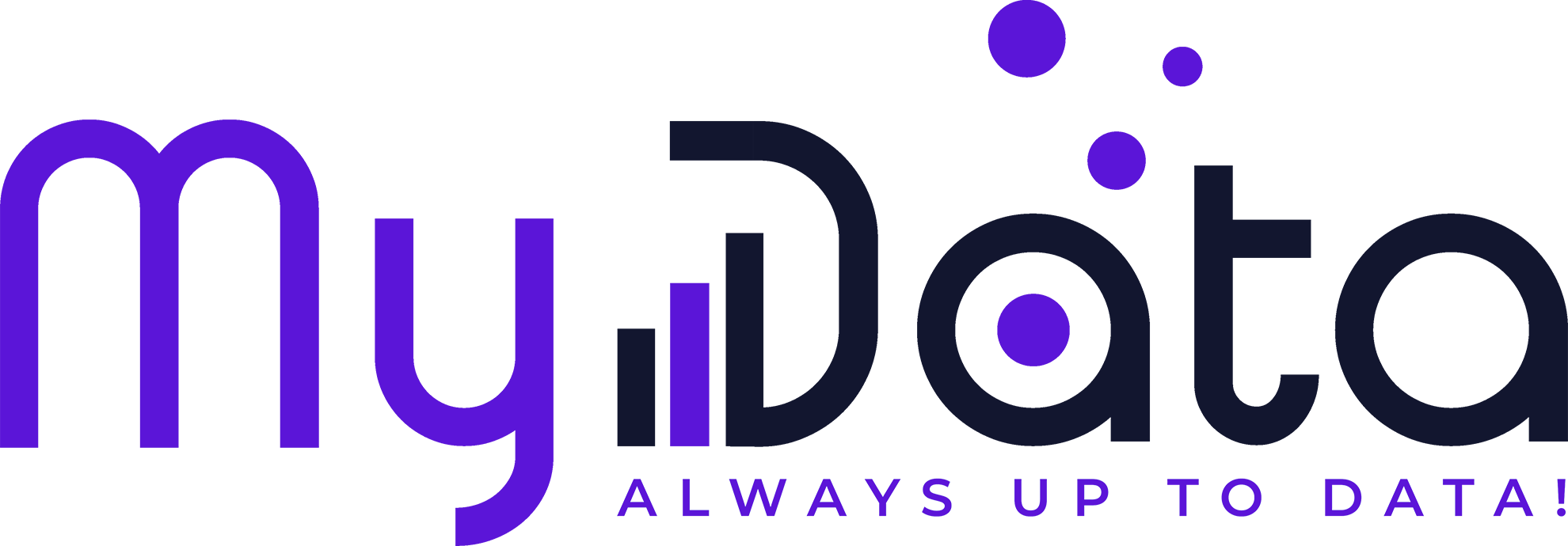Introduction
In today’s data-driven world, businesses are constantly seeking ways to leverage the power of data for insights and decision-making. One popular approach is building a dashboard, a visual representation of key metrics and data points that provides a quick snapshot of an organization’s performance. But is building a dashboard really a good place to start your data journey? In this blog post, we will explore the benefits of dashboarding as a starting point and discuss the iterative process involved in becoming truly data-driven.
The Initial Steps
Before diving into dashboard development, there are several preceding stages that need to be addressed. These steps serve as the foundation for a successful dashboarding initiative and provide valuable insights into the business, processes, applications, and key personnel involved.
- Requirements Gathering: To begin, it’s crucial to identify the specific needs and objectives of the dashboard. This involves engaging with stakeholders, understanding their expectations, and determining the key performance indicators (KPIs) that will be tracked. Gathering requirements ensures that the dashboard aligns with the organization’s strategic goals.
- Functional Analysis: Once the requirements are established, a thorough functional analysis is conducted to determine the necessary features, functionality, and visualizations needed in the dashboard. This step helps define the scope and capabilities of the dashboard and ensures it meets the intended purpose.
- Data Gathering: Next, data gathering comes into play. This involves identifying and collecting relevant data from various sources, such as databases, spreadsheets, APIs, or third-party tools. The quality and reliability of the data are critical factors that impact the accuracy and effectiveness of the dashboard.
- Profiling and Integration of Data: After obtaining the data, it needs to be profiled and integrated to ensure consistency and accuracy. This step involves cleaning and transforming the data, resolving any inconsistencies or missing values, and integrating data from different sources to create a unified view.
- Data Visualization: Once the data is ready, the visualization stage comes into play. This involves selecting the appropriate charts, graphs, and visual elements to present the data in a meaningful and easily understandable way. Effective visualization techniques help users grasp insights quickly and make informed decisions.
- Setting up Tools and Processes: Lastly, the tools and processes supporting the entire dashboarding workflow need to be established. This includes selecting the right dashboarding platform or software, implementing data governance policies, establishing data pipelines for regular updates, and defining the roles and responsibilities of the team involved.
The Value of the Dashboard
Building a dashboard, even in its initial version, provides numerous benefits beyond the insights it brings to the business. The process itself is a valuable learning experience that helps organizations understand the intricacies of their data and the effort required to build a dashboard from scratch. By going through each stage, businesses gain a comprehensive understanding of their operations, identify areas for improvement, and build the necessary skills and knowledge within their teams.
Iterative Process and Becoming Data-Driven
It’s important to recognize that dashboarding is an iterative process. The first version of a dashboard is rarely perfect, and continuous improvement is essential to achieving true data-driven decision-making. After the initial dashboard is built, organizations need to revisit each step of the process and make incremental improvements over time.
Iterative enhancements may involve refining the requirements based on evolving business needs, updating and expanding data sources, enhancing visualizations for better clarity, and optimizing the overall performance and usability of the dashboard. This iterative approach allows organizations to mature their data practices, continuously improve insights, and drive data literacy and analytics adoption across the organization.
Conclusion
Building a dashboard is an excellent starting point for embarking on a data journey. It not only provides valuable insights into the organization’s performance but also offers a deeper understanding of the processes, applications, and personnel involved in leveraging data effectively. By embracing an iterative approach and continuously improving the dashboarding process, businesses can become truly data-driven, empowering themselves with accurate insights for strategic decision-making. So, if you’re considering starting your data journey, why not begin with building a dashboard? It’s an investment that pays dividends in terms of knowledge, insights, and organizational growth.



